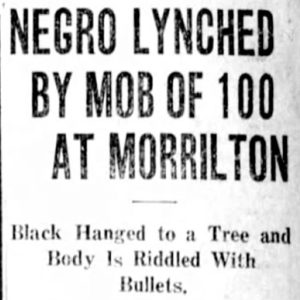 Less Smith Lynching Article
Less Smith Lynching Article
Time Period: Early Twentieth Century (1901 - 1940)
 Less Smith Lynching Article
Less Smith Lynching Article
Smith, Morgan
 Morgan Smith Article
Morgan Smith Article
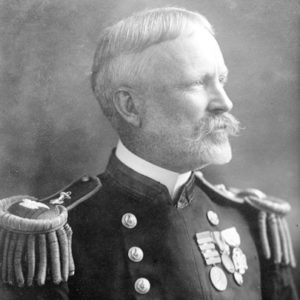 Roy Smith
Roy Smith
Smithville Public School Building
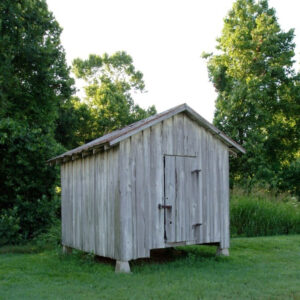 Smoke House
Smoke House
 Snag Boat Arkansas
Snag Boat Arkansas
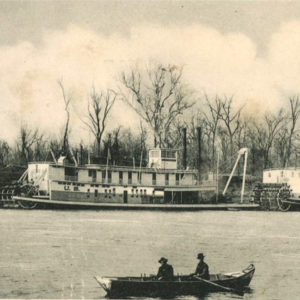 Snag Boats on White River
Snag Boats on White River
Sneed Tornado of 1929
aka: Tornado Outbreak of April 10, 1929
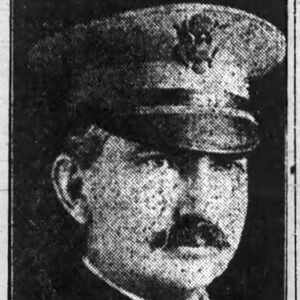 William Anderson Snodgrass
William Anderson Snodgrass
Snodgrass, William Anderson
Socialist Party
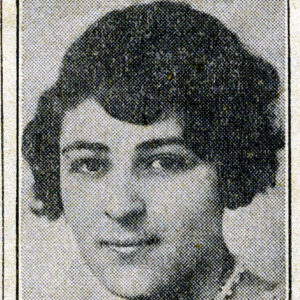 Lidia Gertrudis Sogandares
Lidia Gertrudis Sogandares
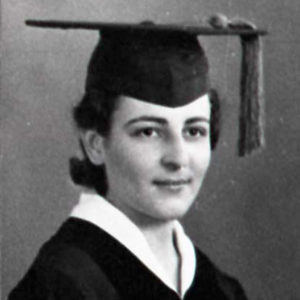 Lidia Gertrudis Sogandares
Lidia Gertrudis Sogandares
Sogandares, Lidia Gertrudis
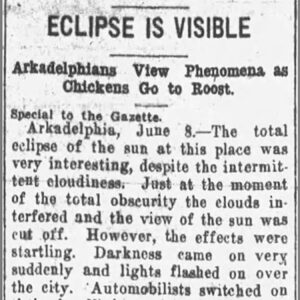 Solar Eclipse of 1918
Solar Eclipse of 1918
Solar Eclipse of 1918
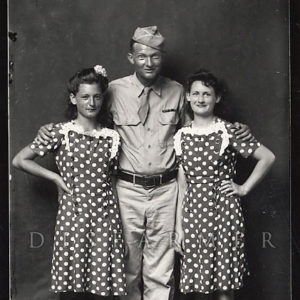 Soldier with Two Girls in Polka Dot Dresses
Soldier with Two Girls in Polka Dot Dresses
 Soldiers at Elaine
Soldiers at Elaine
Somervell, Brehon Burke
 Brehon Somervell
Brehon Somervell
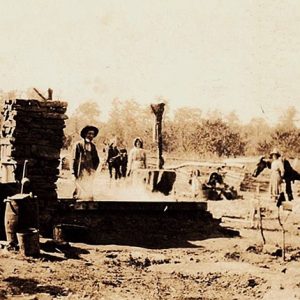 Sorghum Making
Sorghum Making
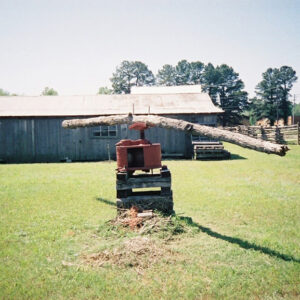 Sorghum Mill
Sorghum Mill
Sorrells, John Harvey
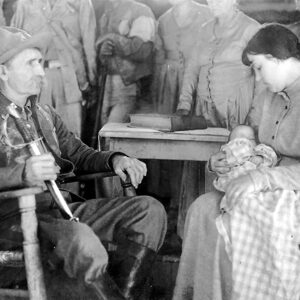 Souls Aflame
Souls Aflame
Souls Aflame
aka: Thou Shalt Not Kill
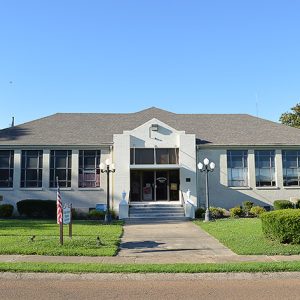 South Elementary School (Wynne)
South Elementary School (Wynne)
South Elementary School (Wynne)
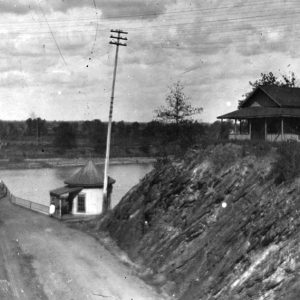 South End
South End
South Side High School Sign
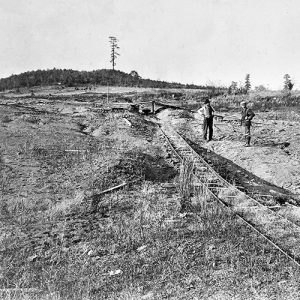 Southeastern Slope
Southeastern Slope
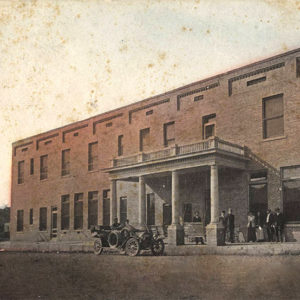 Southerland Hotel
Southerland Hotel
 J. K. Southerland
J. K. Southerland
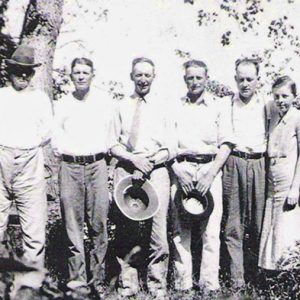 Southerland Family
Southerland Family
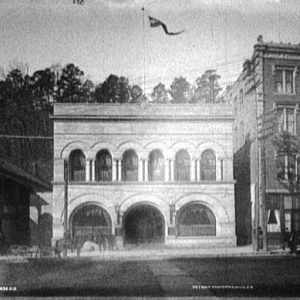 Southern Club
Southern Club
 Southern Club Poker Chip
Southern Club Poker Chip
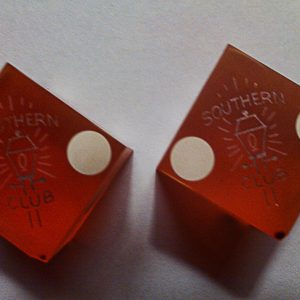 Southern Club Dice
Southern Club Dice
Southern Club
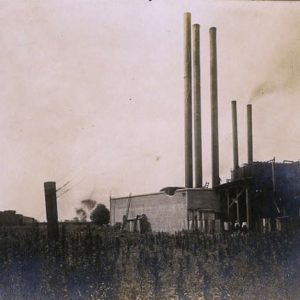 Southern Cotton Oil Mill Strike
Southern Cotton Oil Mill Strike
 Southern Guardian
Southern Guardian
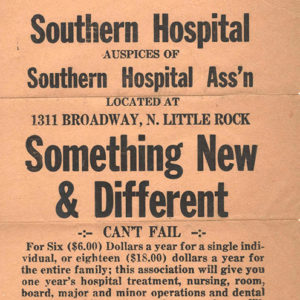 Southern Hospital
Southern Hospital
 Southern Hotel
Southern Hotel
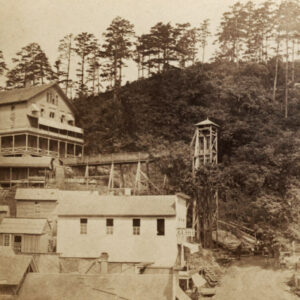 Southern Hotel and Newspaper Office
Southern Hotel and Newspaper Office
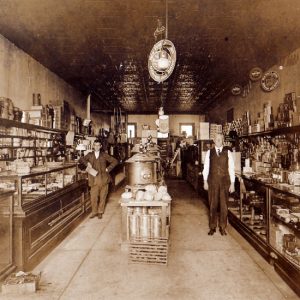 Southern Mercantile Store
Southern Mercantile Store
Southern Tenant Farmers Museum
Southern Tenant Farmers’ Union
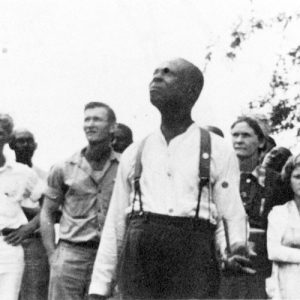 Southern Tenant Farmers' Union
Southern Tenant Farmers' Union
 Southwestern Telegraph and Telephone Company
Southwestern Telegraph and Telephone Company
 Southwestern Telegraph and Telephone Company
Southwestern Telegraph and Telephone Company
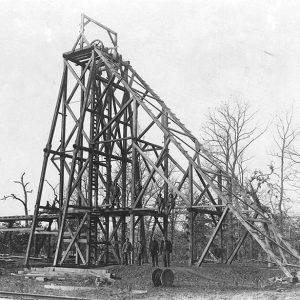 Spadra Mine
Spadra Mine




